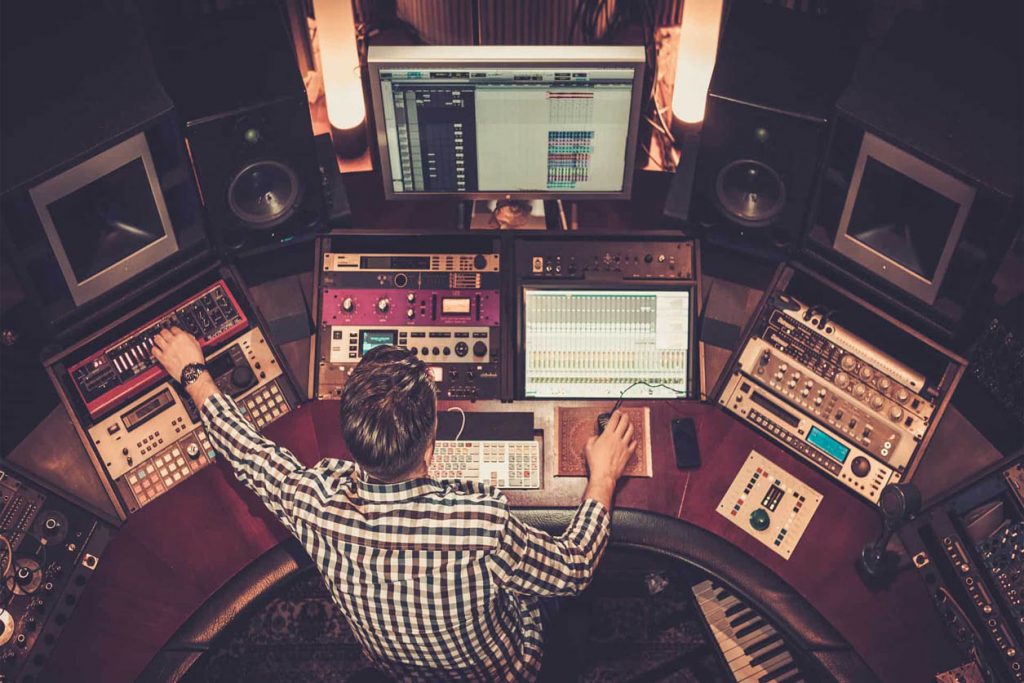Automated Dialogue Replacement (ADR) is a process of re-recording the dialogue in a studio to change or improve the quality of the dialogue that was recorded on the set. It is usually done after the filming process to replace the previously recorded poor-quality audio with a better-quality recording. In India, the ADR process is simply called ‘dubbing’, while in the UK, it is also referred to as ‘post-synchronization,’ or ‘post-sync’.
Often, ADR is called Additional Dialogue Recording, which implies adding extra scenes or dialogues written at a later date. But this is inaccurate as ADR takes place only when the production sound is not recorded correctly. Further, the audio is recorded in a controlled environment, i.e., the sound studio. The original actor or the voice talent view the scene with the original sound and then try to perform the lines until a clean ADR is obtained.
When is ADR used?
ADR can be done for several different reasons:
• When there are technical issues with the original audio – say the ambient noise of the location was too high or an external sound (such as traffic, wind, or air conditioner noise) ruined the audio in a ‘good’ take, or maybe the actor’s microphone was malfunctioning.
• In some cases, ADR is used to provide a voice double to replace an actor’s vocal performance. For example – a singer supplying his/her voice to dub over an actor.
• You may also use ADR to change the original lines or words recorded on the set to make them more television-friendly, and also to correct a misspoken line not caught during the filming process.
Tips for effective ADR
Nowadays, almost every Hollywood movie has 30% to 70% ADR dialogue. This makes ADR a necessary step in audio post-production and an integral part of any film’s success. However, ADR is an expensive process and must be executed properly. Below are a few tips you can follow to utilize ADR effectively.
• Before recording an ADR, eliminate all background noises, such as fans, fridge, air conditioner, traffic, etc.
• All microphones have different polar pickup patterns and frequency range yielding distinct vocals. So, it is essential to use the same mic used on the location to record the dialogue.
• There must be an appropriate distance between the microphone and the voice talent to make the dialogue appear more realistic.
• While recording the ADR, the delivery and tone of the dialogue is a very crucial step. If the voice talent is replicating the same body language used in the scene, it will not only affect the quality of the ADR but will also reduce your workload in post-production.
• After obtaining a clean ADR recording, make sure that all the dialogues are in sync with the video. Finally, add your ambient tone, that was recorded on the location, to fill the spaces between the dialogues.
Bottom line
It is nearly impossible to avoid high ambient noise and production equipment issues while recording a video. When such problems arise, the production team must rely on ADR to salvage the scenes.
At DUBnSUB, we get the voices recorded in the studio with ultimate perfection to keep errors and looping sessions at bay. We are a post-production company offering services such as dubbing, subtitling, audio-description, voice-over & recording services in around 100 languages.
Drop-in your requirements at [email protected] or call us at +91 124 498 2484.

